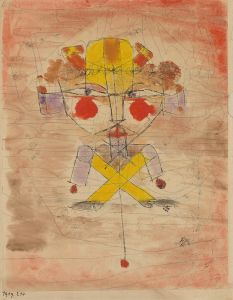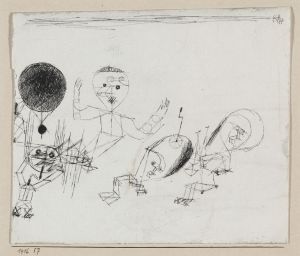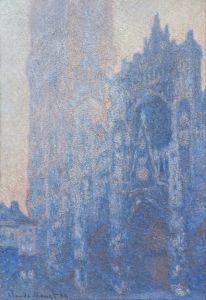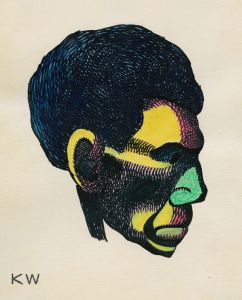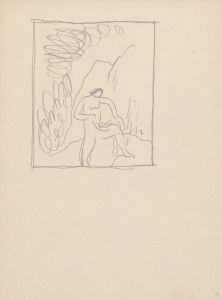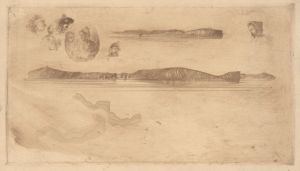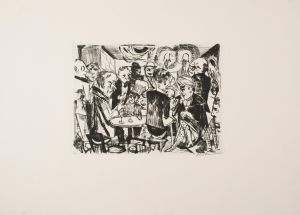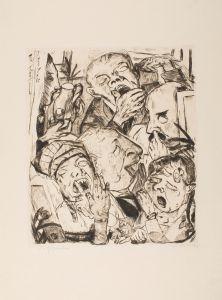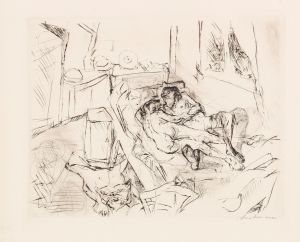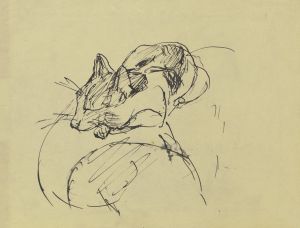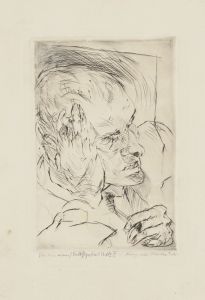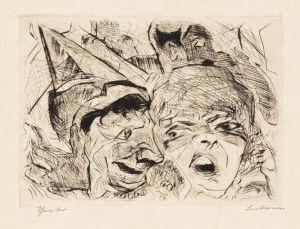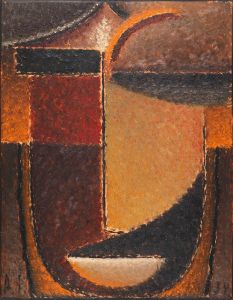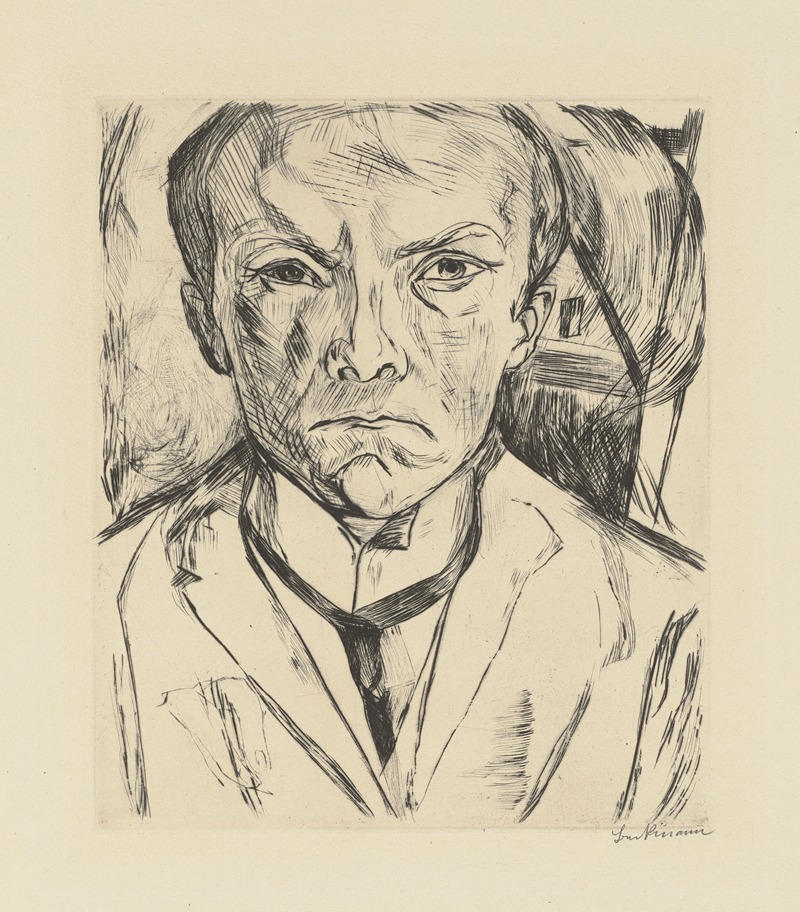
Frontal Self-Portrait with House Gable in Background
A hand-painted replica of Max Beckmann’s masterpiece Frontal Self-Portrait with House Gable in Background, meticulously crafted by professional artists to capture the true essence of the original. Each piece is created with museum-quality canvas and rare mineral pigments, carefully painted by experienced artists with delicate brushstrokes and rich, layered colors to perfectly recreate the texture of the original artwork. Unlike machine-printed reproductions, this hand-painted version brings the painting to life, infused with the artist’s emotions and skill in every stroke. Whether for personal collection or home decoration, it instantly elevates the artistic atmosphere of any space.
"Frontal Self-Portrait with House Gable in Background" is a painting by the German artist Max Beckmann. Beckmann, born on February 12, 1884, in Leipzig, Germany, was a prominent painter, draftsman, printmaker, sculptor, and writer. He is often associated with the New Objectivity movement, which emerged in Germany in the 1920s as a reaction against expressionism.
The painting "Frontal Self-Portrait with House Gable in Background" was created in 1908. This period in Beckmann's career is marked by his exploration of self-portraiture, a genre he revisited throughout his life. Self-portraits allowed Beckmann to delve deeply into his own psyche and to reflect on his identity and experiences.
In this particular self-portrait, Beckmann presents himself in a direct and unflinching manner. The composition is straightforward, with Beckmann's face and upper body occupying the central portion of the canvas. His expression is serious and introspective, characteristic of many of his self-portraits. The background features a house gable, which adds a sense of place and context to the image.
The use of a house gable in the background may suggest a connection to Beckmann's personal life or environment at the time. However, without further documentation or commentary from the artist himself, the specific significance of this element remains open to interpretation. The architectural detail does provide a contrast to the more organic form of Beckmann's figure, highlighting his skill in balancing different visual elements within a composition.
Beckmann's technique in this painting reflects his early style, which was influenced by the impressionist and post-impressionist movements. His brushwork is confident and expressive, capturing the textures and forms with a sense of immediacy. The color palette is relatively muted, with earthy tones dominating the scene, which adds to the somber and contemplative mood of the portrait.
Throughout his career, Beckmann's work evolved significantly, especially after his experiences during World War I, which had a profound impact on his outlook and artistic direction. He moved towards a more symbolic and complex style, often incorporating mythological and allegorical themes. Despite these changes, his self-portraits remained a constant, serving as a means of personal exploration and expression.
"Frontal Self-Portrait with House Gable in Background" is an important work within Beckmann's oeuvre as it provides insight into his early development as an artist and his ongoing preoccupation with self-representation. It stands as a testament to his technical skill and his ability to convey deep psychological states through his art.
Max Beckmann continued to create art until his death on December 27, 1950, in New York City. His legacy endures through his extensive body of work, which continues to be studied and admired for its emotional depth, technical mastery, and innovative approach to modern art.





